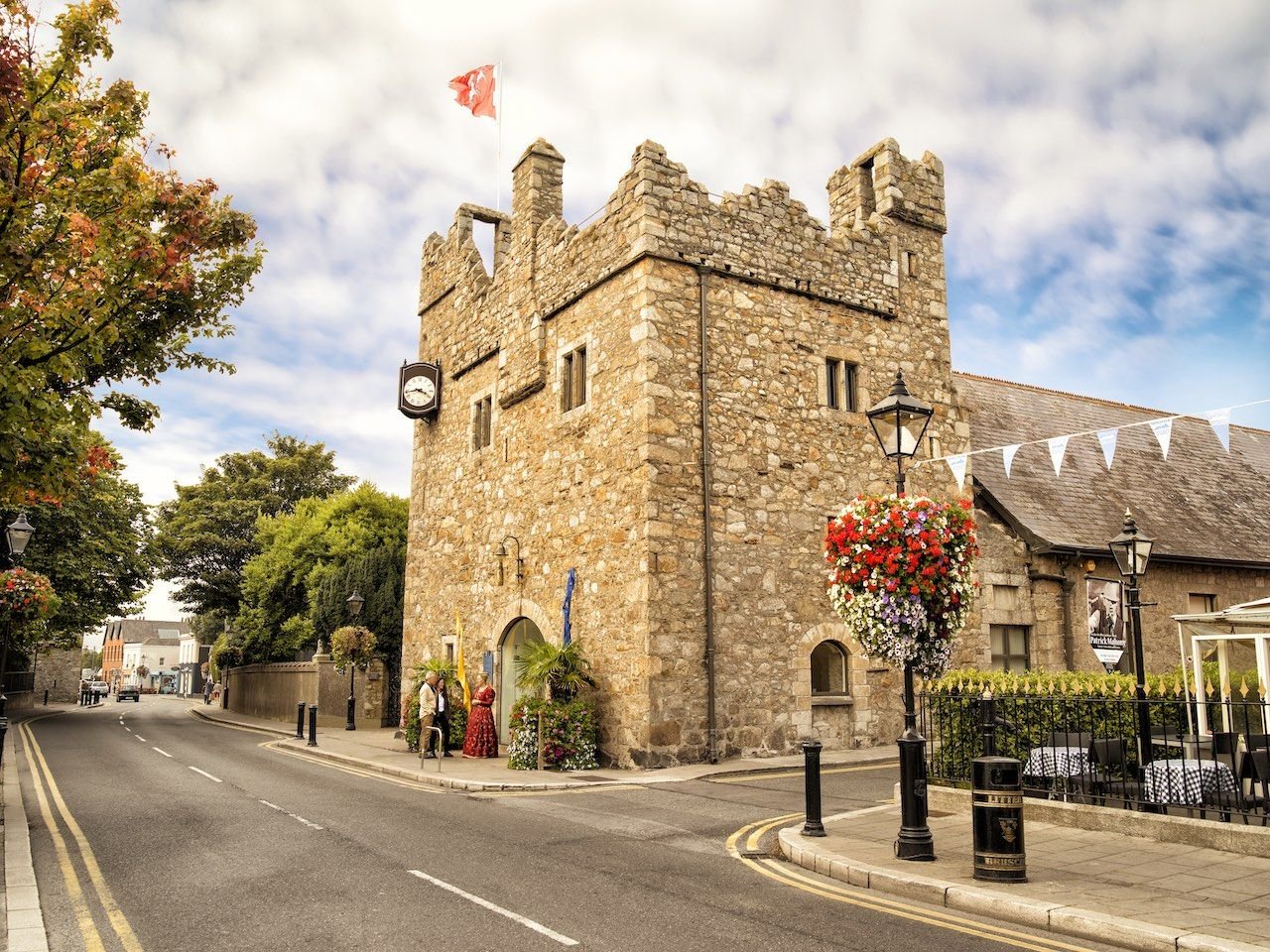Ecotourism in South America is growing by leaps and bounds. Ecotourists flock to Buenos Aires as a base for their expedition cruises. Rio de Janeiro is also a popular destination for Amazon River cruises. And in Ecuador, the capital city Quito is a popular ecotourist destination with Gothic architecture, fascinating museums, and tasty cuisine. Set at over 9,000 feet above sea level, this city is surrounded by volcanoes and offers spectacular scenery. While the city’s artsy Calle la Ronda is popular with tourists, the Ecuadorian capital has much more to offer visitors than just beautiful landscapes.
Ecotourism is booming in South America.
There’s no denying that the number of ecotourism destinations in South America is booming. This industry is not only generating enormous amounts of income for local communities, but it’s also promoting environmental conservation. However, although the presence of transnational corporate capital is limited in the Osa Peninsula, the expansion of community-based ecotourism is uncertain. Moreover, community-based ecotourism development may be affected by struggles over access to natural resources and land. This, in turn, may reproduce existing stratification patterns.
The Galapagos Islands in Ecuador are the role model for ecotourism in Latin America. In fact, the Ecuador government has declared 97% of the islands to be national parks since 1968. In addition to this, ecotourism is necessary to combat overtourism and unsustainable yachts. In Argentina, volunteer tourism is increasing. A number of national parks and reserves have become ecotourism hotspots. Here are some ideas for volunteer travel in South America.
The success of ecotourism depends on its ability to protect ecosystems and local communities. For example, in South America, 94 percent of hotels are classified as small or medium enterprises. Without the help of these government support programs, these businesses could fail. But, with the rise of ecotourism, the industry in South America can benefit from an economic boost. By focusing on conservation, this industry will continue to grow in the future. In addition, you’ll feel better knowing that you’re supporting the communities that live in the area.
With the rise of tourism and LEED-certified hotels, Costa Rica has become one of the leading destinations for ecotourism. The country boasts diverse natural environments, including the Caribbean, Central America, and Mexico. The country’s Central Bank estimates that tourism generated about 5 percent of its national GDP in 2014 and directly employed over 600,000 people. The country’s government is trying to ensure that the industry is sustainable. However, the country’s health care system is not infallible.
There are a number of countries that offer expedition cruises.
When to go on an expedition cruise in South America? That depends on your plans and the weather at your destination. The best time to go on a cruise in South America is during the winter, from December to March, and the summer, from May to early June. It is best to avoid traveling in March and April since these seasons are opposite to those in the Northern Hemisphere. The climate in this part of the world is generally temperate and humid.
While exploring the country, make sure to pack some time to explore its diverse wildlife. Many expedition cruises include kayaking, which allows you to get up close and personal with local wildlife. You’ll also get a chance to experience the rainforest and the islands more up-closely. Bird watching is also an important focus of these cruises; guides will show you the best places to see birds. Diving is also an option, but you will need to be certified or have 25 dives. The requirements for diving vary by operator.
When planning an expedition cruise in South America, keep in mind that the continent is huge, and you may not get to experience all of its regions. However, some countries offer more specialized itineraries than others. The Amazon, Galapagos, and Patagonia are three of the most popular destinations for cruises in South America. You’ll also see the famous Iguazu Falls.
Ecuador is a smaller Andean nation and one of the most biodiverse countries in the world. It has the most biodiversity per square kilometer of any country in the world. Ecuador also contains two UNESCO World Heritage sites. The country has a unique cultural heritage and a great deal to offer tourists. So, get ready to plan an unforgettable journey! You’ll be surprised by the diversity of the countries you’ll visit.
Buenos Aires is a popular base for ecotourists.
Latin America’s natural beauty and peaceful political climate make it a popular place for ecotourists to visit. The vast Andes Mountain Range is a dominant feature in this region, and its cities are carved into the mountains to create a unique and unforgettable vacation experience. While many of these cities are expensive, they offer some unique experiences.
One of Argentina’s most popular nature destinations is the Ibera Wetlands; is a vast wetland shared between the provinces of Corrientes and Santa Fe. The park is a prime example of how nature can transform cities into protected areas. You can enjoy wildlife spotting, hikes through nature trails, and boat rides on the lagoon.
Argentinean ecotourism is widely regarded as a way to conserve the environment. The country boasts a vast range of natural attractions and is home to many indigenous people. Visiting these places can help you get an understanding of the natural world that surrounds you. By following these ecotourism-friendly travel routes, you can help preserve natural habitats and help the local population.
Buenos Aires is home to three giant river otter cubs, among its other natural attractions. These reintroduced creatures were once thought extinct in the country. Now, conservationists are working to protect these animals and transform this once-wild landscape into a sustainable ecotourism hub. This reintroduction of endangered species is making the city a popular base for ecotourists in South America.
Among the many natural wonders that make the city a popular base for ecotourism in South America, Buenos Aires is home to a number of cultural festivals. The city’s cultural scene is booming, with an art scene dominated by internationally renowned artists. In addition to hosting one of the largest art festivals in Latin America, Buenos Aires is the first city to be designated as a UNESCO City of Design, which promotes cooperation between cities and artists.
Rio de Janeiro is a popular destination for cruises along the Amazon River.
In addition to its long, beautiful coastline, Brazil is also known for its colorful people, world-famous soccer players, and Carnival, a nationally celebrated celebration of color and culture. With more than 200 million people, Brazil is packed with stunning geological features and a lush coastline. This country is also home to the Amazon rainforest, a biodiversity hotspot with many fascinating attractions.
The city is also renowned for its beautiful beaches. Rio is home to the world’s largest collection of colored gemstones, and the state is the world’s leading producer of them. A cruise along the Amazon River in Brazil will give you an opportunity to see many of these gems firsthand. Once you’ve explored the city’s many natural attractions, you’ll be eager to visit the world-famous Sugar Loaf mountain and the nearby beaches.
The Brazilian Amazon offers a wide range of lodges and cruises. You can choose from the Hurtigruten, Iberostar, or Tucano. In addition to the Brazilian Amazon, the Ecuadorian Amazon also boasts the famous Yasuni National Park, home to millions of plant, animal, and insect species. You can see all this and more from your luxurious ship.
Whether you prefer a hot, humid climate or a chilly breeze, the weather in Brazil can vary. The northeast of the country experiences a tropical monsoon climate, with strong wet and dry seasons. In summer, temperatures are consistently in the upper 80s and low 70s. The coolest months are July and August, when temperatures drop a bit, though they are still well above 80 degrees. During these months, you can expect to enjoy occasional frost or other cool conditions.
Machu Picchu is a must-see destination.
If you’re traveling in South America and want to experience ancient civilizations and beautiful landscapes, Machu Picchu should be on your itinerary. The ruins are awe-inspiring and a must-see destination for history buffs. However, the main attraction is the Sacred Rock, an imposing spire overlooking the Sacred Valley. Although its exact purpose is unknown, it is believed to have been used by Inca astronomers to predict solstices and equinoxes. Its shape is the result of a cactus-like structure.
To learn more about the Incas, visit Machu Picchu. This 15th-century Inca citadel is located at 2,430 meters above sea level. The ruins were abandoned by the Incas in the mid-15th century but came to light when Hiram Bingham discovered them. The site is now highly touristy, but it is well worth seeing. The Incan ruins are some of the most spectacular man-made structures in the world.
To reach the ruins of Machu Picchu, hike the Inca Trail. Hiking this trail takes approximately three days and involves seven hours of walking each day. You can choose to hike the trail through the jungle to the ruins or take a bus to the ruins. Regardless of which route you take, the experience is sure to be memorable. You’ll walk through a cloud forest and marvel at the amazing architecture of the Inca builders. You’ll also come across various species of bromeliads and epiphytic orchids as you make your way to the top.
When planning a trip to Peru, make sure to plan your itinerary around the time of the sun’s rise and sunset. The temperatures in Peru can vary dramatically, but there’s no better place to soak up the sun than at Huacachina, Peru. Intihuatana, the sundial used by the Incas to predict the solstices, is located at the central plaza. The Temple of the Sun and the Incas’ astronomical observatory are found in ruins.







